From today (July 1), a series of new regulations in the banking industry come into effect.
Stop all transactions with ATM cards from
According to Circular 18 of the State Bank, from July 1, all ATM cards using magnetic technology will stop accepting transactions in the entire banking system. This is a regulation in Circular 18 of the State Bank on bank card operations.
This regulation applies to all types of cards using magnetic stripe technology, including magnetic stripe-only cards and chip-magnetic combination cards.
According to statistics from the State Bank, as of the end of May, the entire system still had about 8 million magnetic cards (including ATM cards, credit cards, etc.). However, only about 14% of them generated transactions, the rest were dormant and inactive. Therefore, in reality, there were only about 1 million active magnetic cards, equivalent to 1% that needed to be converted.
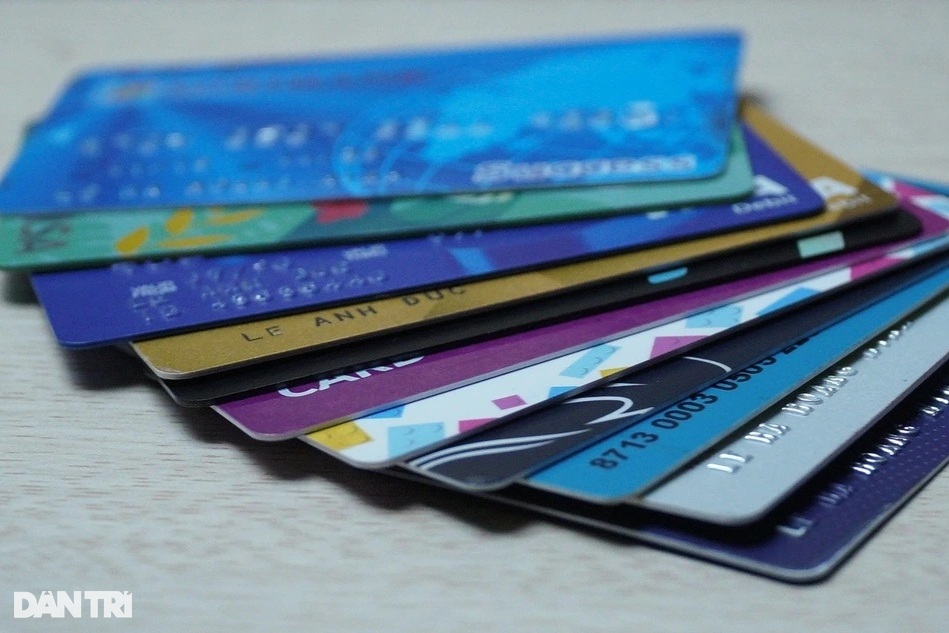
"Death penalty" for ATM cards from July 1 (Photo: Thao Thu).
If the front of the card does not have a yellow chip (electronic circuit), but only a black magnetic stripe on the back, it is a magnetic card and must be replaced. Even combination cards (with both a chip and a magnetic stripe) are also subject to replacement.
From July 1, unconverted cards will not be able to make transactions such as withdrawing money, depositing money at ATMs and CDMs, paying at POS card acceptance points, interbank transactions... In some cases, magnetic cards may be completely locked.
E-wallet becomes a payment method
From July 1, e-wallets are recognized as a means of payment, with functions equivalent to bank accounts, payment cards or cash. This means that users can pay for goods and services entirely with their wallets, without depending on cards or bank accounts.
According to some regulations in Circular 40 regulating the provision of intermediary payment services, depositing money into an e-wallet is done by depositing cash into the payment guarantee account of the intermediary payment service provider for the e-wallet service opened at a cooperative bank; receiving money from the e-wallet owner's Vietnamese Dong account at a affiliated bank...
In addition, customers can receive money from other e-wallets in the same system opened by an e-wallet service provider; receive money from other e-wallets outside the system opened by another e-wallet service provider.
E-wallet owners are allowed to use e-wallets to withdraw money from e-wallets to their Vietnamese Dong accounts at affiliated banks; transfer money to Vietnamese Dong accounts opened at banks or foreign bank branches; transfer money to other e-wallets in the same system opened by an e-wallet service provider.
E-wallet owners can also transfer money to other e-wallets outside the system opened by other e-wallet service providers; pay for goods and services; pay fees and charges for legal public services as prescribed by law.
Farmers can borrow 300 million VND without collateral
Decree 156 amending and supplementing a number of articles of Decree No. 55/2015 and Decree 116/2018 on credit policies serving agricultural and rural development officially took effect from July 1.
According to the State Bank, the policy amendment is to suit reality, meet the growing capital needs of people in agricultural production, and contribute to the overall effort to achieve the goal of accelerating socio -economic development.
One of the notable changes is the increase in the unsecured loan limit for farmers, cooperatives, farm owners...

The unsecured loan limit for individuals and households has been adjusted to increase to 300 million VND (Photo: Manh Quan).
Specifically, the unsecured loan limit for individuals and households has been adjusted to increase from 100-200 million VND to 300 million VND. For cooperatives and business households, the limit has increased from 300 million VND to 500 million VND.
The limit for farm owners has been increased from 1-2 billion VND to 3 billion VND. For cooperatives and cooperative unions, the limit has been raised to 5 billion VND instead of 1-3 billion VND as before.
In addition to raising the limit, the Decree also simplifies loan procedures. Accordingly, people do not need to submit a certificate of land without a red book or without disputes as before. The submission of land use right certificates will be carried out according to the agreement between the bank and the customer, instead of being mandatory.
Piloting peer-to-peer lending for 2 years
According to Decree 94 of the Government on the controlled testing mechanism (sandbox), financial technology (fintech) solutions in the banking sector, from July 1, peer-to-peer lending activities will be tested for 2 years, along with credit scoring and data sharing via open application programming interfaces.
Specifically, one of the fintech solutions that the Government has approved for testing is peer-to-peer lending (P2P Lending). Peer-to-peer lending companies are only allowed to provide testing solutions when licensed by the State Bank.
Peer-to-peer lending is a form of direct connection between lenders and borrowers through an online platform, without the need for traditional financial intermediaries such as banks.
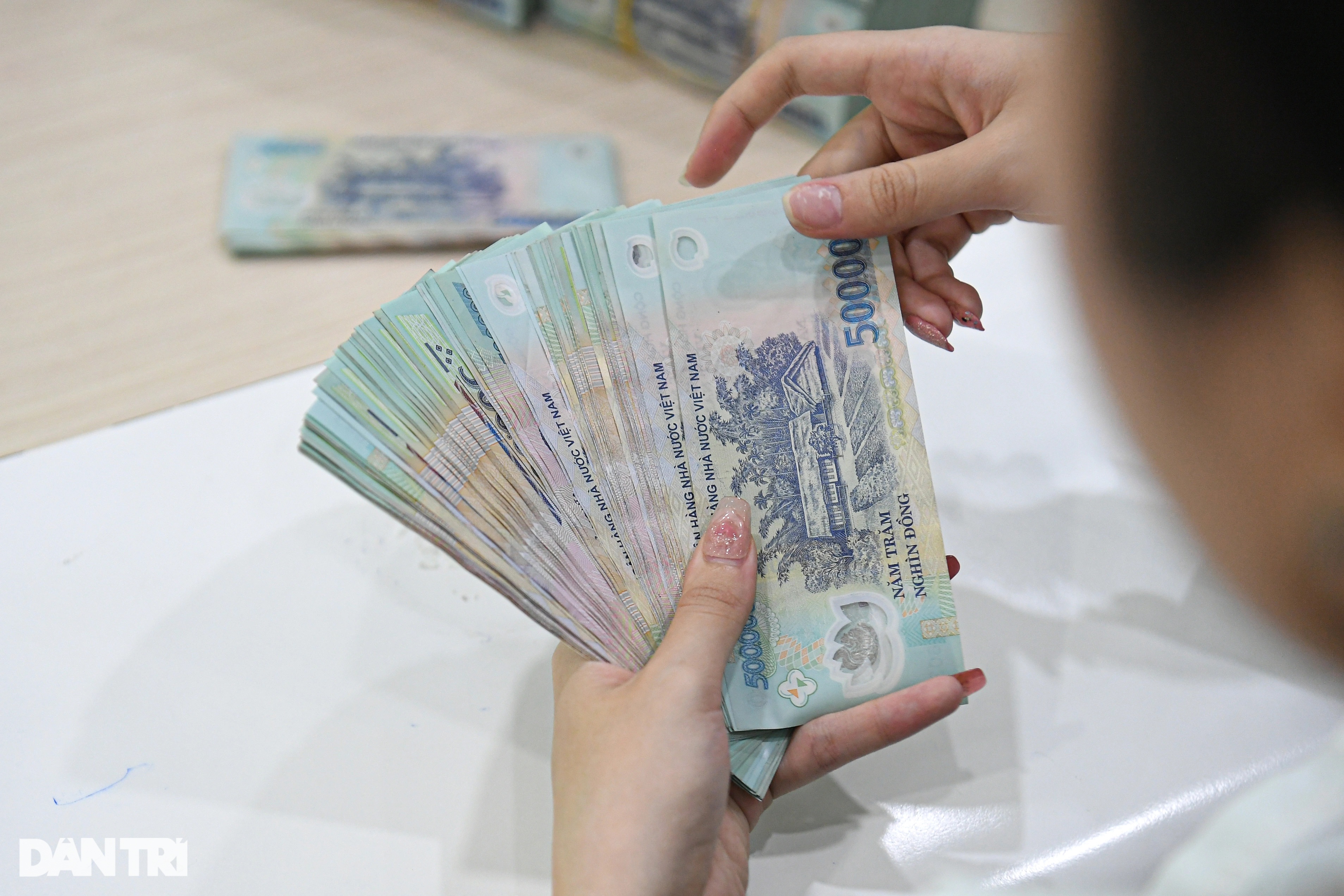
Peer-to-peer lending will be tested for 2 years (Photo: Manh Quan).
The P2P Lending pilot will be licensed for 2 years, but not applicable to foreign banks. Credit institutions and financial technology companies are allowed to participate in the pilot mechanism review, but this does not mean that they will meet the business and investment conditions as prescribed by law. The pilot results are the basis for management agencies to research, develop and perfect the legal framework related to this lending field.
Biometric updates for corporate customers
According to Circular 17, from July 1, organizations, businesses and business households are required to complete biometric authentication of representatives or authorized persons to make money transfers, withdrawals or electronic payments.
After this period, if the update is not completed, money transfer and withdrawal transactions via electronic banking services will be suspended to ensure compliance with legal regulations and enhance security.
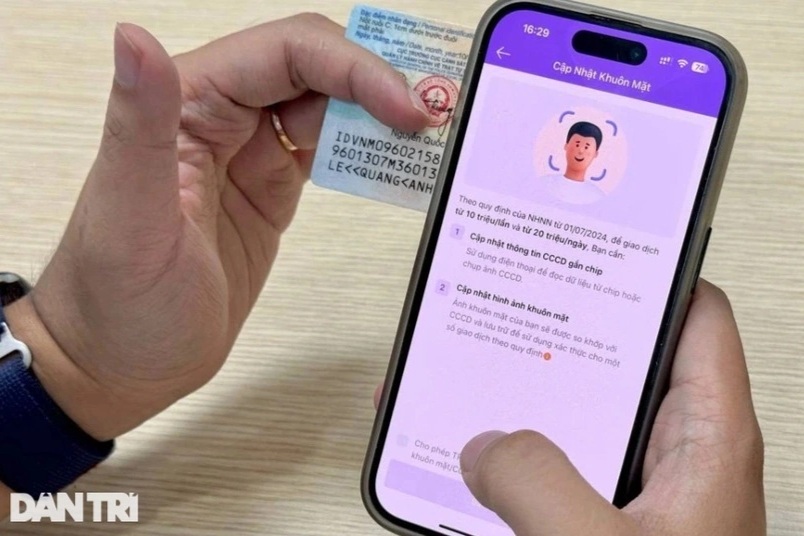
Organizations, businesses and business households are required to complete biometric authentication of their representatives (Photo: Vi Quang).
For the legal representative of an institutional customer, who is also an individual customer, whose identification documents and biometrics have been collected and compared at the bank, for the convenience of the customer, based on the information the customer has provided/registered at the bank, the banks have proactively updated the results of matching identification documents and biometrics from the individual customer data to the data of the legal representative of the institutional customer.
There are 2 ways to perform biometric authentication: directly at the transaction counter and through the banking app, only applicable to Vietnamese citizens.
Source: https://dantri.com.vn/kinh-doanh/tu-hom-nay-the-atm-bi-khai-tu-vay-300-trieu-dong-khong-can-the-chap-20250701080145315.htm



![[Photo] Hanoi morning of October 1: Prolonged flooding, people wade to work](https://vphoto.vietnam.vn/thumb/1200x675/vietnam/resource/IMAGE/2025/10/1/189be28938e3493fa26b2938efa2059e)




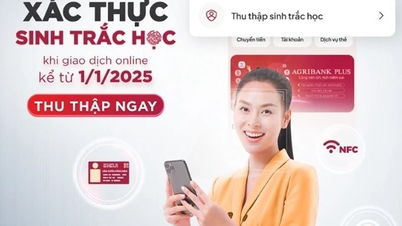

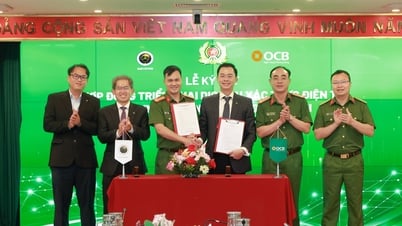

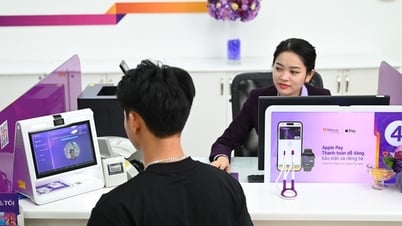

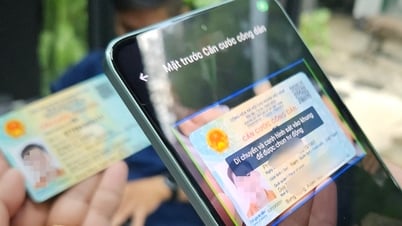


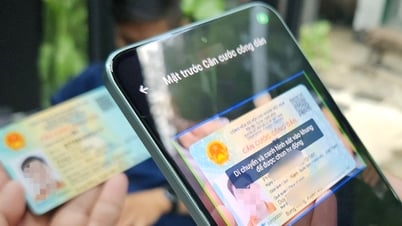
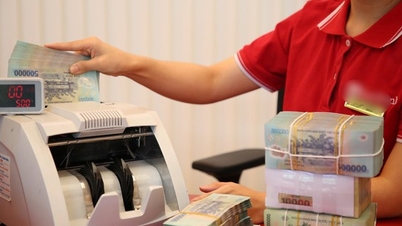
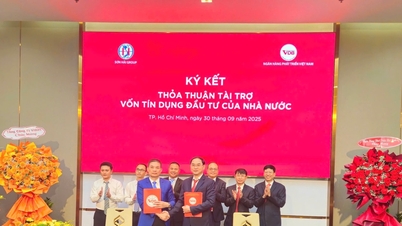
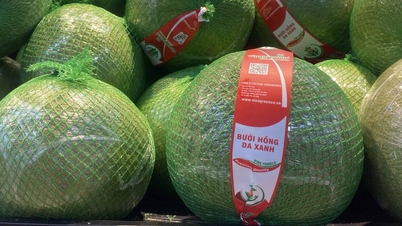

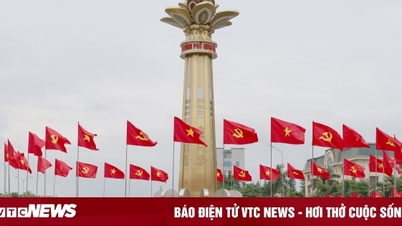

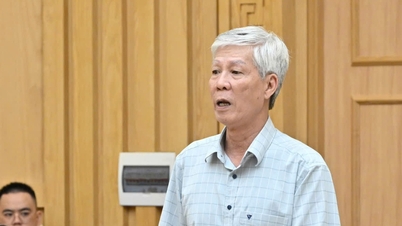
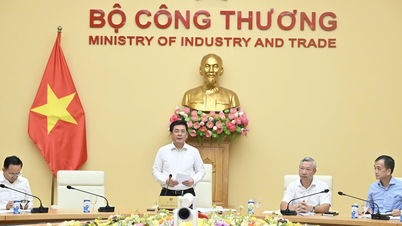





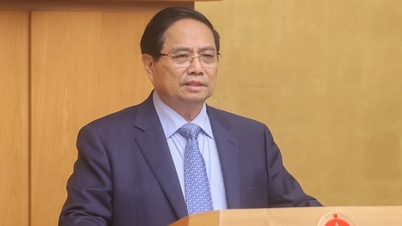
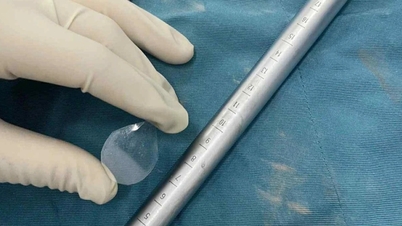




![[Photo] Panorama of the cable-stayed bridge, the final bottleneck of the Ben Luc-Long Thanh expressway](https://vphoto.vietnam.vn/thumb/1200x675/vietnam/resource/IMAGE/2025/9/30/391fdf21025541d6b2f092e49a17243f)

































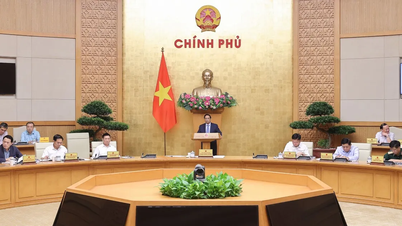

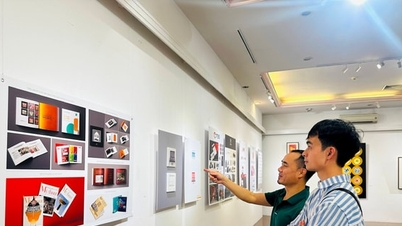

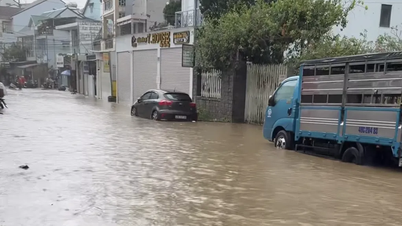
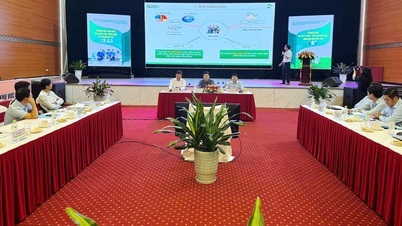
















Comment (0)